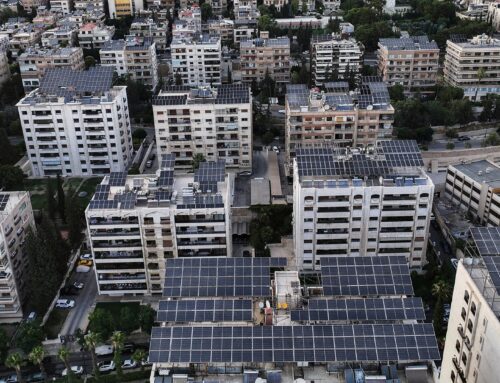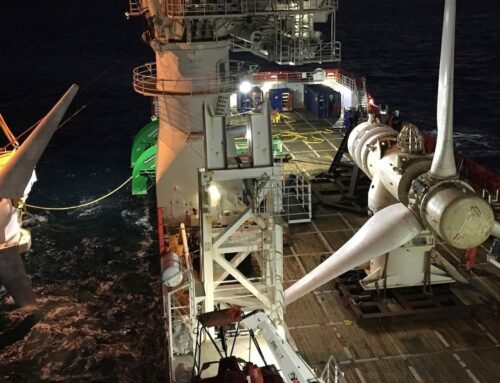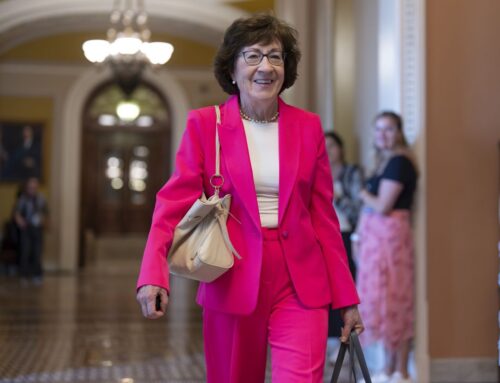An ode to animals, hooked on plastics — and other notable new books on the environment
July 6, 2025

Did you know that if you tickle a bonobo ape it will laugh until it farts? What about the honey badger that arrives at a beehive, puts its backside up against the entrance and breaks such potent wind that the bees are knocked unconscious?
British writer Jay Griffiths has dozens more stories like this in her engaging ode to the animal kingdom, How Animals Heal Us (Hamish Hamilton £20).
Griffiths goes beyond the familiar accounts of faithful hounds rescuing their owners or comforting the lonely, to explain in sometimes quirky detail how and why animals are so good at making us healthier and happier.
When dogs look at a human face, she writes, they automatically gaze to their left so they can look at the right-hand side of the face, which is the side that expresses emotions most tellingly. They don’t do this for monkeys or other dogs, says Griffiths. “It’s just for us,” and may have evolved to gauge our emotions.

The way animals organise themselves collectively also offers us what Griffiths calls “political medicine”. Thus we learn of the fieldfare birds that ward off enemy crows trying to steal their eggs by flying high above them en masse and doing “a massive synchronized shit”. Their scientific name is Turdus pilaris.
The world’s intractable addiction to plastic may not offer as many gripping anecdotes. But former Wall Street Journal reporter Saabira Chaudhuri does a mighty job of showing how plastic came to take over our lives, and why we have repeatedly failed to curb it, in Consumed: How Big Brands Got Us Hooked on Plastic (Blink £22).
This failure is chilling considering the equivalent of one rubbish truck of plastic waste goes into the ocean every minute and microplastics are found in everything from foetuses to tea bags.
When retailers first embraced plastic in the 1930s, it kept food fresher for longer and cut costs because stores didn’t need staff to weigh produce. “But a major reason supermarkets took to plastic packaging with such enthusiasm was that plastic encouraged people to buy more,” Chaudhuri writes. It made things look more attractive and, by the 1960s, it was essential for repackaging commodities as brands.
Current models of waste collection and recycling that cash-strapped governments struggle to run effectively may not be the answer. Chaudhuri makes a powerful case for smarter rules on recycling and other measures that push plastic-using companies to bear more of its growing environmental and social costs.
Back in the natural world, researcher and self-described “geography nerd”, Maxim Samson, takes a fresh look at humanity’s imprint on the planet in Earth Shapers: How Humans Mastered Geography & Remade the World (Profile £22).
This is Samson’s second book in two years, after 2023’s Invisible Lines showed the unexpected side effects of human-drawn borders. This time he has written something of a riposte to the idea that geography is destiny by charting the myriad ways in which humans have reshaped their surroundings to become more interconnected.

Some of the territory he covers is familiar, such as the Panama Canal that the US built in little more than a decade, opening up once unthinkable gains from faster transport of goods to safer journeys for navigators. But much of the book focuses on less famous projects, such as the Qhapaq Ñan, or great road system of the Incas that connected the planet’s largest rainforest, the Amazon, with its driest hot desert, the Atacama, and biggest ocean, the Pacific.
More recently there is Saudi Arabia’s plan for The Line, a futuristic, hyperconnected “cognitive city” consists of two skyscrapers 200m wide and 170km long that will, according to its boosters, constitute a “civilisational revolution”.
Finally, Californian journalist Rebecca Tuhus-Dubrow has written the latest in a growing number of books about nuclear power, Atomic Dreams: The New Nuclear Evangelists and the Fight for the Future of Energy (Algonquin Books $30).
This is no fierce polemic in favour of a steady source of low-carbon electricity that many think is needed at a time when climate change is a growing threat and an energy-hungry AI future beckons. Rather, Tuhus-Dubrow tells the story of the “nuclearists”, the surprisingly diverse pro-nuclear campaigners who have spent years arguing nuclear does not necessarily mean catastrophic meltdowns and radioactive death.

Summer Books 2025
The best titles of the year so far — from politics, economics and history to art, food and, of course, fiction, FT writers and critics choose their favourite reads of the year so far
Much of it centres on Diablo Canyon, California’s last nuclear power plant. It was due to close in 2025 until the decision was reversed in 2022 under a Democratic state governor, Gavin Newsom. That was a win for women such as Diablo Canyon workers Heather Hoff and Kristin Zaitz, co-founders of a group called Mothers for Nuclear. It was also part of a trend of growing public support for nuclear in the US, along with increasing state backing for plants.
As the daughter of anti-nuclear, green-minded parents, Tuhus-Dubrow understands nuclear’s cost and toxic waste, but also its benefits. “To be a bit reductive, I’ve come around to thinking: nuclear isn’t as bad as I thought, and renewables aren’t as good as I thought,” she writes. Nuclear is neither a panacea nor an abomination, she adds. “Like any energy source, it has upsides and downsides.”
Join our online book group on Facebook at FT Books Café and follow FT Weekend on Instagram, Bluesky and X
Search
RECENT PRESS RELEASES
Related Post



